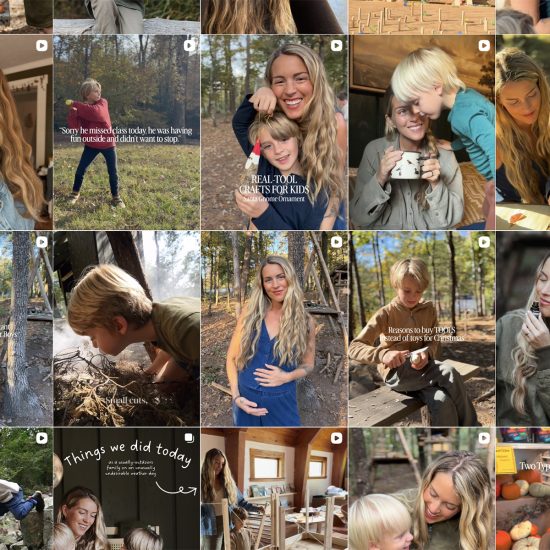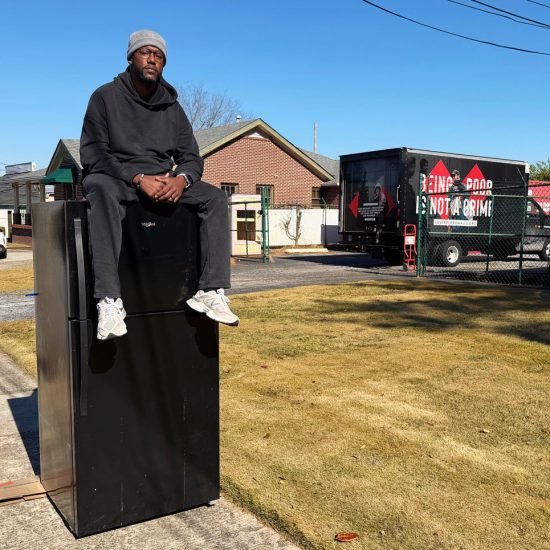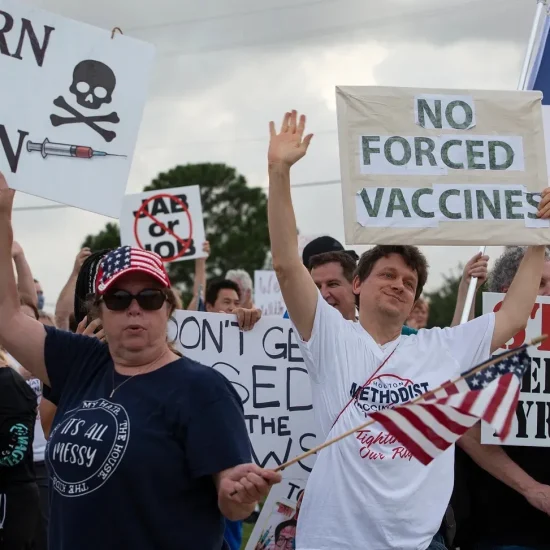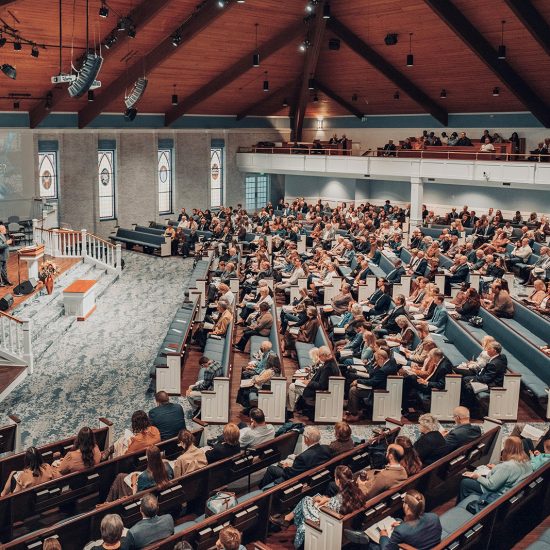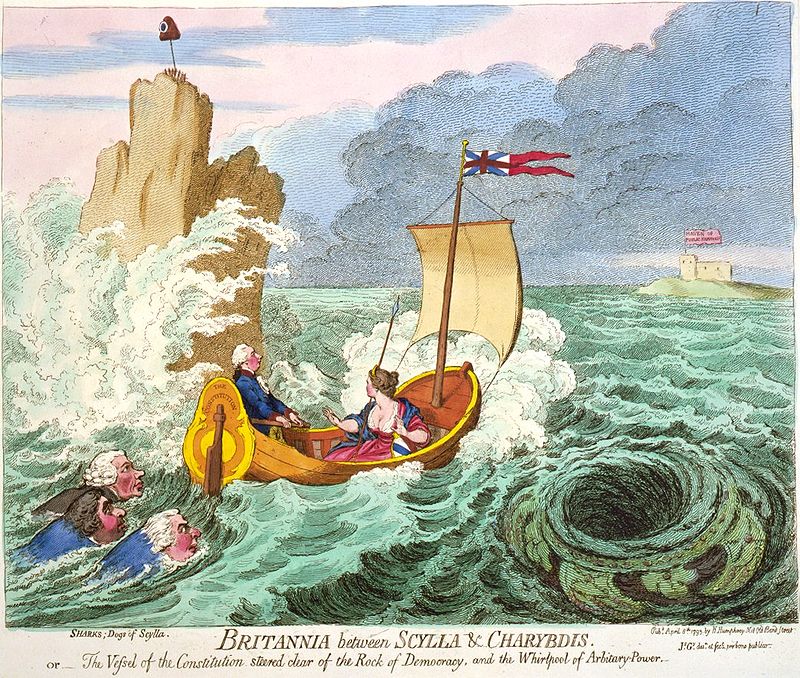

James Gillray, Britannia between Scylla and Charybdis (1793)
In ancient Greek mythology, Scylla and Charybdis were the names of two sea monsters situated on opposite sides of the Strait of Messina between Sicily and Italy. The fearful monsters were located close enough to each other that they posed an inescapable threat to sailors who sought to pass between them.

Leroy Seat
I use that story to highlight the exceedingly difficult problem of dealing effectively with the COVID-19 pandemic without consigning millions to poverty — and to death because of starvation.
The Two Monsters in the U.S.
As was widely noted at the end of May, the number of deaths in the U.S. from COVID-19 topped 100,000 people—and now that number is already at 122,000. It has also been noted, although not so widely, that the number of deaths is disproportionately higher among non-white and financially poor people.
According to The Guardian, “Figures compiled by APM Research Lab from 40 states show that African Americans are being killed at almost three times the rate of white people.
“Black Kansans are seven times more likely to die from the virus than white Kansans. In Missouri, Wisconsin and Washington DC the ratio is six times.”
That same article goes on to quote William Barber, co-chair of the Poor People’s Campaign, who emphasizes that COVID-19 is a disease of the poor. “People are being forced to work, putting profit over protection,” he says. “This pandemic will highlight how poverty — and our willingness to let people remain in it — presents a clear and present danger for all of us.”
The wealthy can practice social distancing, work from home, etc. But what if you have only an over-crowded — or no — home to go to, and no paying work at all if you stay home?
According to the Bureau of Labor Statistics, nearly half of U.S. workers earn less than $15 an hour and nearly 70% have less than $1,000 in savings. Most of these people must show up for work if they are going to be paid.
Caught between the monsters of the pandemic and poverty, many must go back to work in unsafe conditions and take their chances of not getting sick.
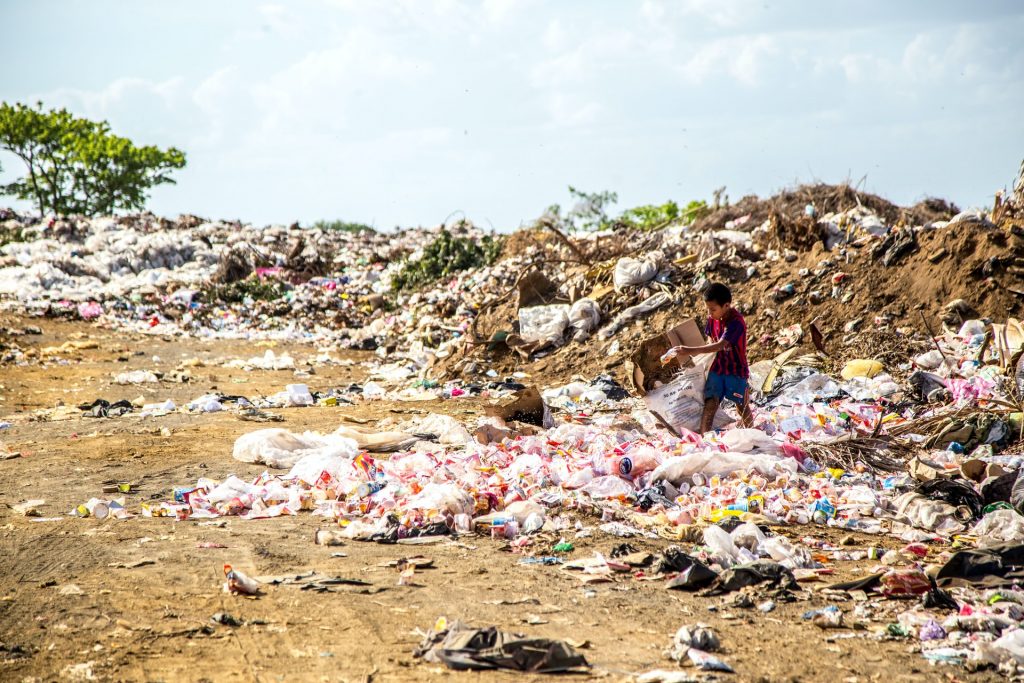
A child in Nicaragua (Photo by Hermes Rivera on Unsplash)
The Two Monsters in the Low-Income Countries
Worldwide, when the number of deaths reached 100,000 in the U.S., there were more than 350,000 deaths from COVID-19. But more than 64% of those deaths were in just five of the wealthier countries: the U.S., the UK, France, Spain, and Italy.
But just this month, as the number of deaths worldwide approaches 475,000, Brazil became the country with the third most deaths — and the surge has just started in the LICs (low-income countries) of sub-Saharan Africa and southern Asia.
Most of the attention of United States citizens and government has been on the domestic crisis. As the headline in a Washington Post editorial expresses it, “Trump Irresponsibly Abandons the WHO While the Pandemic Surges in Less Developed Nations.”
Sandro Galea, a Boston University epidemiologist, wrote a Washington Post op-ed piece a week earlier, urging action to avoid the viral epidemic becoming a poverty pandemic. He contends that “the long-term health costs of an economic depression could ultimately far eclipse what COVID-19 has wrought.”
That is especially true for the LICs. According to that article, a regional director of the WHO for Africa said recently that the coronavirus pandemic will move about 27 million Africans to extreme poverty.
Likewise, a May 28 article in the Indian newspaper Deccan Herald wrote, “The economic consequences of the COVID-19 pandemic could push as many as 86 million more children into poverty by the end of 2020.”
And a report issued by Gospel for Asia prior to World Hunger Day in May declared, “It’s estimated that nine million people will die in a coronavirus-worsened ‘scandal of starvation’ this year.”
The U.S. and countries around the world have made great efforts to avoid/control the monster of the COVID-19 pandemic. Isn’t it time we also make a more concerted effort to avoid/control the monster of poverty?
A version of this article first appeared on Seat’s blog, The View from This Seat. It is used with permission.


